Usually when people are coming to Montenegro I get asked the same question every time: should I stay in Kotor or Budva?
The answer is always Kotor — but there’s a lot more to Montenegro than just the coast. The north of Montenegro is like another world ten degrees cooler and home to the wild beauty advertised on all the tourist brochures.
Žabljak is probably the most well known spot in the north, a small town of 2000 people and hiking hub, and base for exploring the Durmitor National Park.
In winter the area disappears under metres of snow, but in the summer it is an interesting combination of Podgorica people escaping the lowland heat for their weekend houses, Hungarian bikers enjoying the picturesque roads, and fit-looking hikers from all over the globe.
I’m yet to reach the level of hiking prowess necessary for scaling peaks, so I usually go to Žabljak just to enjoy some decent long walks and views of rather gorgeous scenery.
Here are a few of my favourite things…
The Durmitor Ring
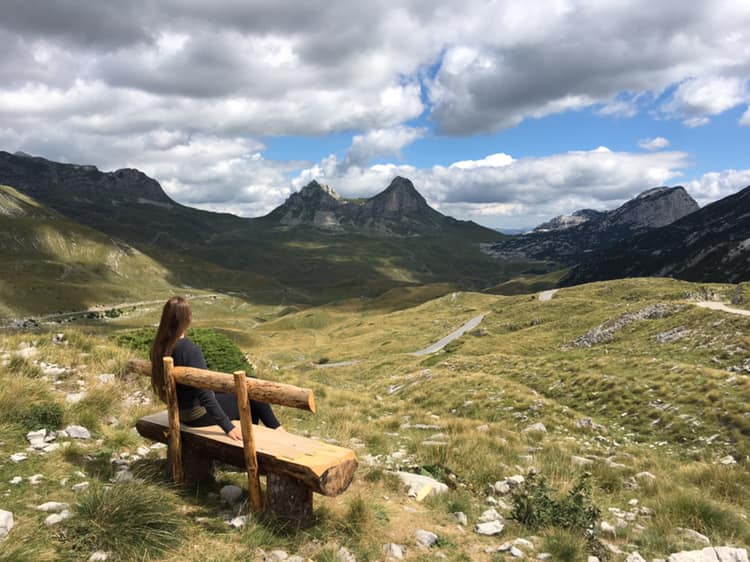
The most famous tourist attraction is the Durmitor Ring, a circular road beginning and ending in Žabljak that takes you through the wild mountain scenery of Durmitor National Park. It passes through tiny villages, picturesque lakes (if you go in spring you’ll see all of them), canyons hundreds of metres deep, pine forests, and high country summer sheep holdings.
It’s just incredible.
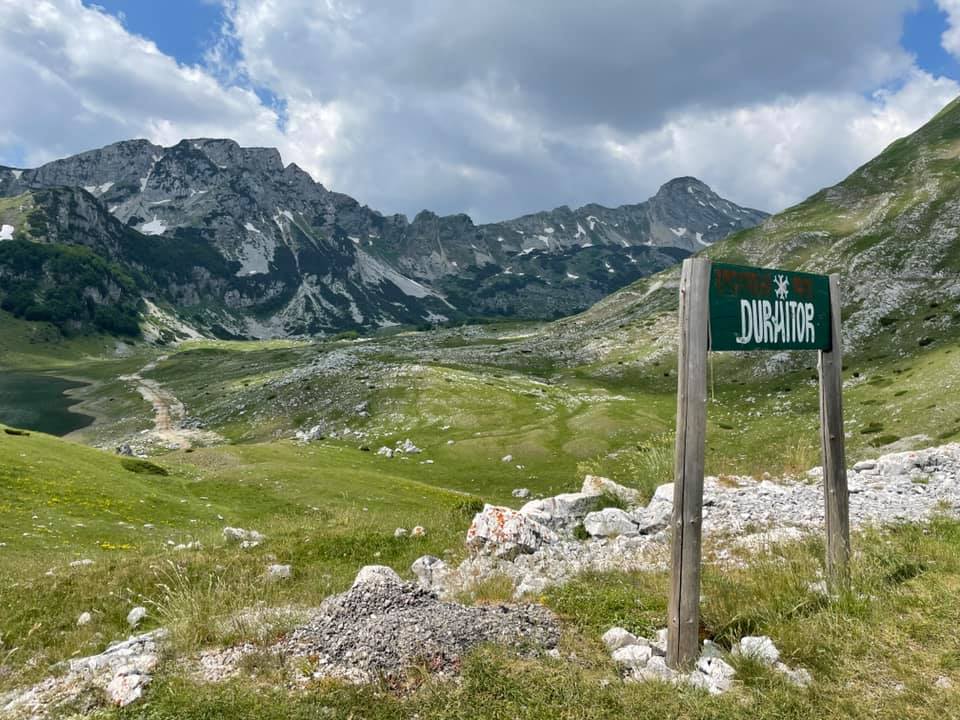
Don’t bother to look this route up on Google Maps, it isn’t there. Here is a link to an official map if you need it, but once you’re on the ground the route is well signed and difficult to get lost. You don’t need a 4×4 as the roads are paved, but they are one lane and very narrow, so watch out for oncoming traffic.
You can do the ring in two directions: one begins from the town of Žabljak itself and climbs down into the canyon and Šusičko lake. The other begins a few kilometres outside town back towards Šavnik and climbs to Sedlo Pass.
I recommend the first option, as the most challenging driving on the ring is in the forest, up and down into the canyon, and you’ll do that while you’re fresh. You also get a nice build up from forest views to green plateau plains and then the most spectacular mountains towards the end of the ring.
Caveat: don’t try this road before late May at the very earliest as you’re likely to be confronted by a wall of snow rather than a road. Not many people live up there and so the roads don’t get cleared all winter.
The Lakes
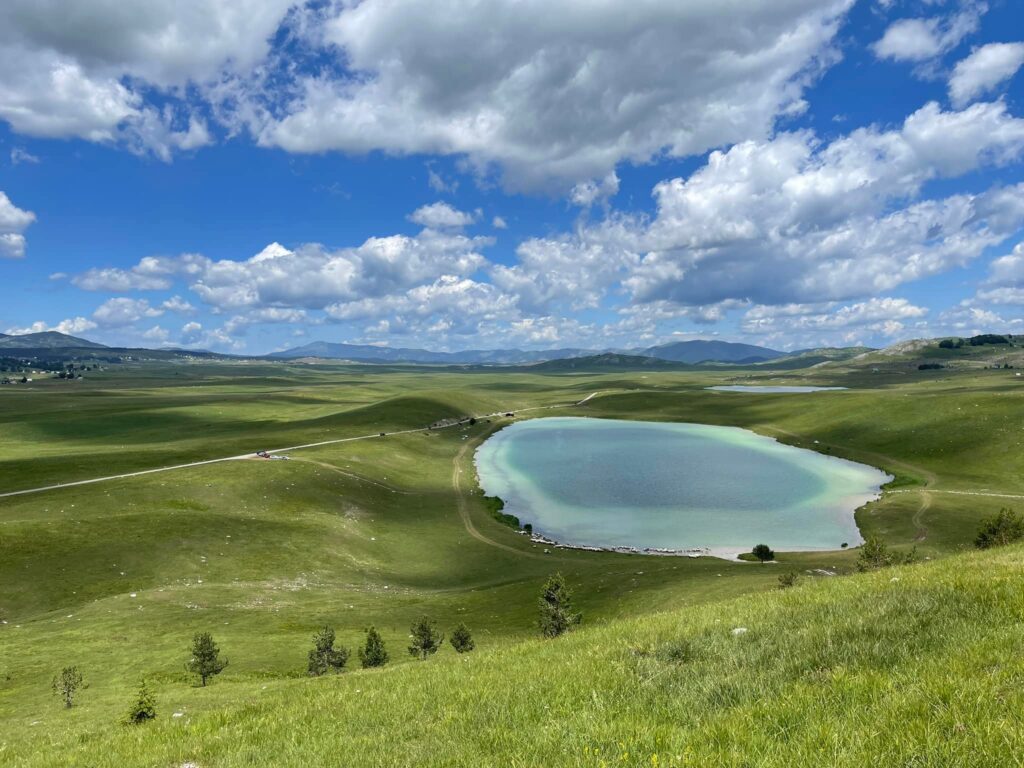
Across from the main highway to Žabljak is a huge plain of green that hides my favourite lake in Montenegro, Vražje Jezero (Devil’s Lake). It’s supposedly called this way because it looks like an eye – it has a pale blue ring around a deep blue center.
Go in the late afternoon, the angled sun brings out the fullest contrast in the colours and you can sit on the hill next to it. Climb the small hill next to the lake to enjoy the view, and listen to the local shepherd singing to his sheep.
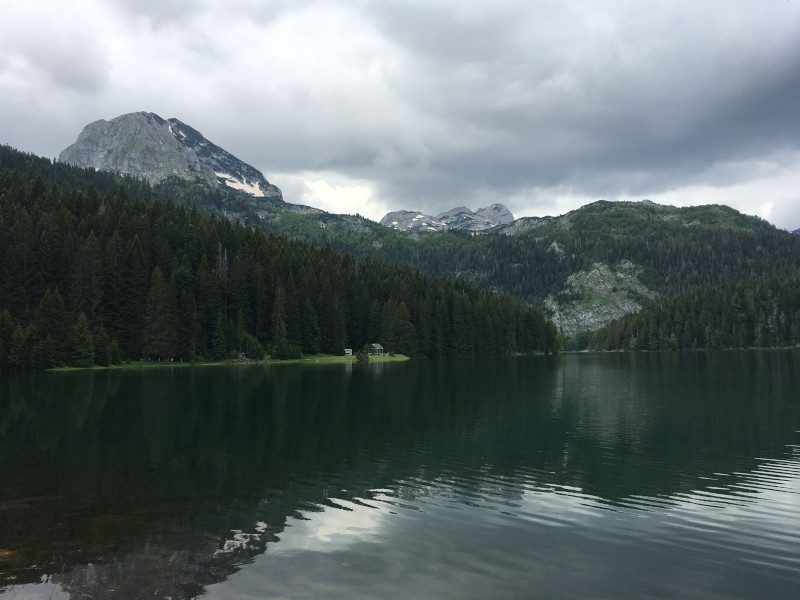
The most famous lake in Montenego is Crno Jezero (Black Lake). This is maybe a fifteen minute walk from the centre of Žabljak and has all the Montenegrin accoutrements necessary for life – a cafe, music and lots of good spots for Instagram photos.
You can take an easy 45 minute walk around the lake in summer (in spring the trail might be broken by small waterfalls).
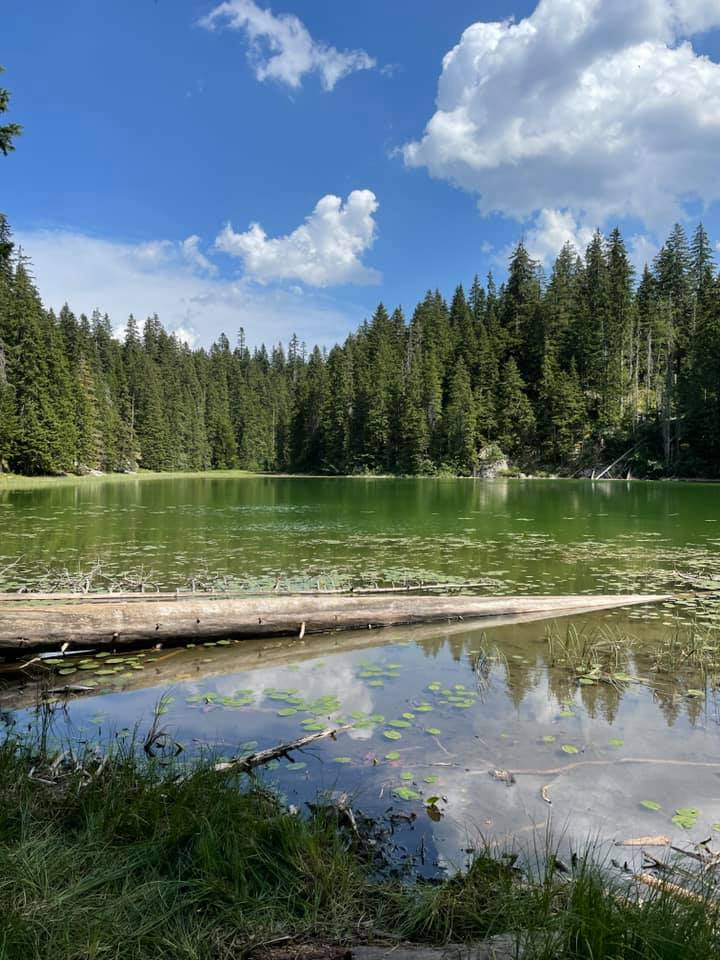
Continuing further from Black Lake, past old mills and streams, you can continue to the next lake, Zminje Jezero (Snake Lake). Do this walk in August and you will still find springs to fill up your water bottle and wild berries to snack on along the path (the tiniest but most delicious raspberries, strawberries and blueberries you will ever have).
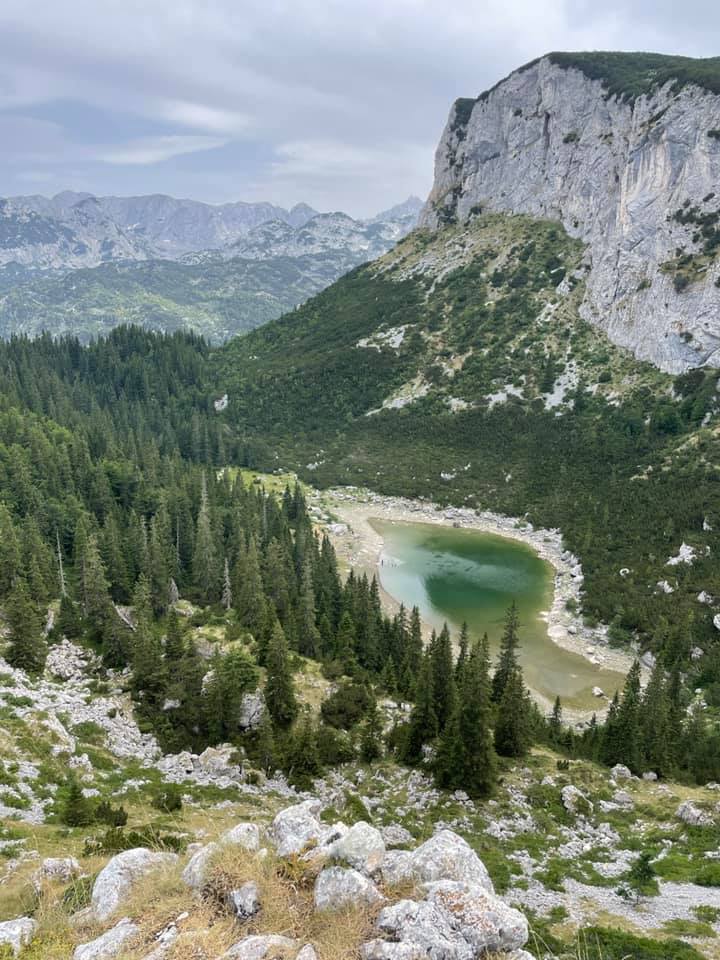
Another of my favourites, at the beginning of the Durmitor ring and less than an easy hour’s hike from the road, is Jablan Jezero. A short hike up the hill next to it and you can perch on a rock and enjoy the lake from above (always the best way to see these lakes, in my opinion).
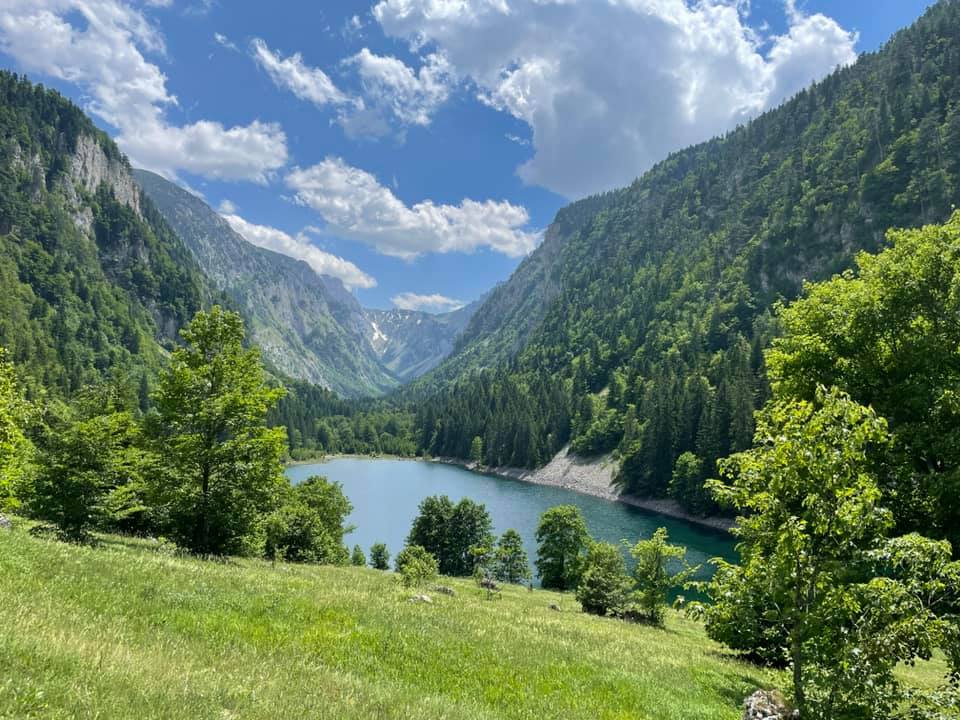
Further along the Durmitor ring, down in the canyon, is Sušičko Jezero (Dry Lake). I was extremely puzzled on my first visit here, as all I found was a large grassy field.
It’s actually a spring lake – it only exists in early spring when the snow is melting. If you’re here in early to late June (time varies each year depending on the amount of snow and when spring arrives) it’s a seriously gorgeous spot.
The Stećci
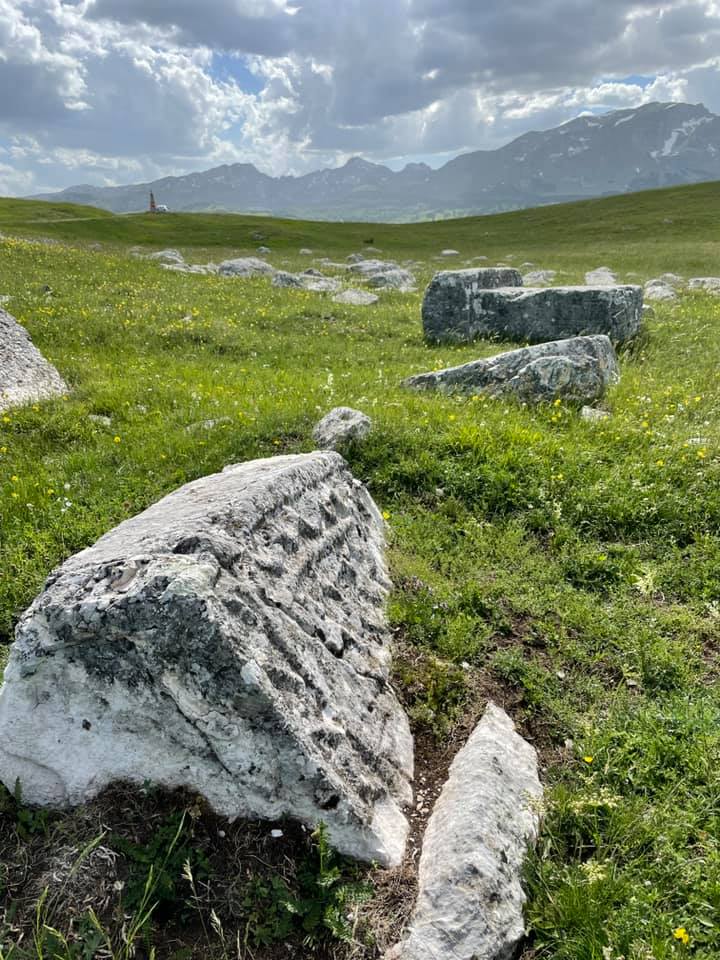
Last year I saw some new and clearly EU funded signs around Vražje pointing to ‘Stećci’ and decided to follow them and see what was there.
Surprisingly it did not lead to a small village called Stećci but instead to a field with beautiful carved stone gravestones just lying about.
The stećci are actually tombstones and grave markers of a mysterious medieval tribe who lived in what is now Bosnia-Herzegovina and northern Montenegro. There are two sites near Žabljak, one near Riblije Jezero and another on the same road a few kilometres further to the north.
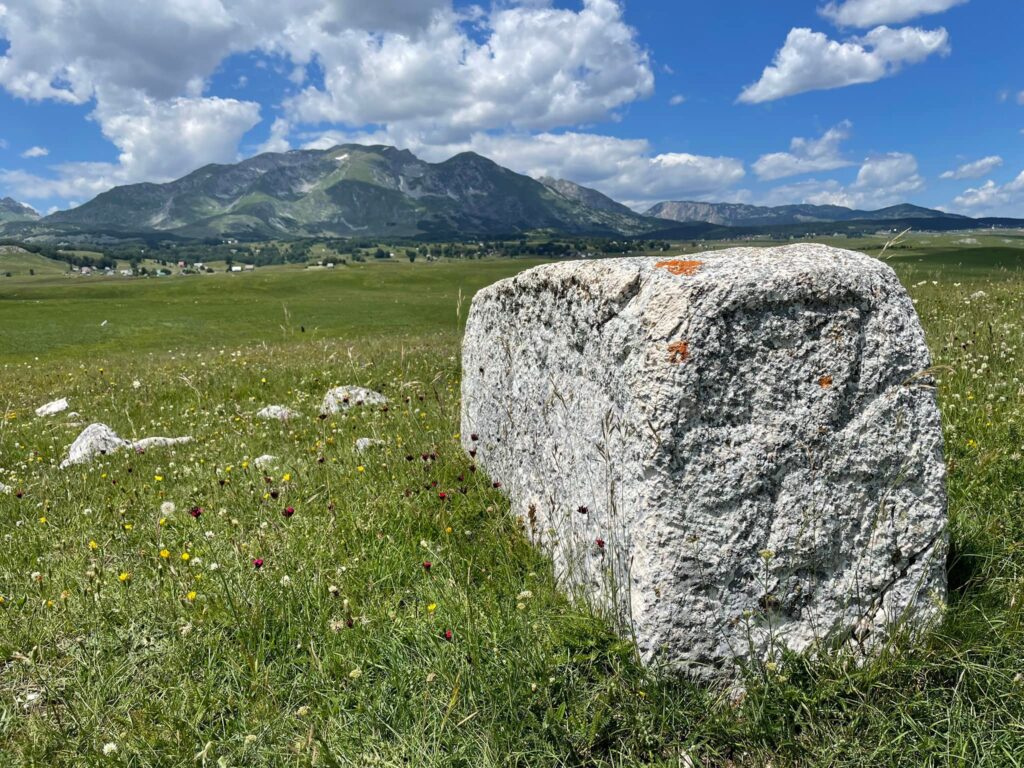
Very little is known about the tribes, but they definitely had an eye for the best sites around for their burials.
The Food

After a day of walks and exploring I like to finish up at the at the restaurant at the Etno Selo Šljeme. Down a side road that parallels the main highway, the restaurant has one of the best views in the area, staring straight at Savin Kuk mountain.
Unusually for a restaurant with a view they also do decent food – particularly the meat. The porodični ručak (family lunch) is of ridiculous size, served up with almost two kilos of meat and costs less than 30 euro. Best to walk the 6km back to Žabljak after dinner here…!
Enjoy this part of the north and all the things to do in Žabljak! Eventually I hope to be able to write about the hikes in this region as well, just give me a few more seasons to get into Montenegrin hiking shape.
More Resources
Detailed Road Map of the Durmitor Ring
More Comprehensive List of the Lakes of Durmitor
Top Proper Hikes Around Žabljak (according to proper hikers)


Hi Kate. Thank you for all this information. I plan to visit Zabljak (And Durmitor) from 21st – 25th May. I won’t have a car & plan to do the Durmitor Ring Jeep Tour with Summit Tours. Will it be operational during this time? I come from a tropical country. How cold will it be? And lastly, will I be too impaired without a car? I’m assuming I can do taxis for zip lining the Tara canyon, walk to the black lake and maybe hire e-bikes on one day. Thank you so so much!
It’s a good year (2024) to visit Durmitor in spring, as it has been very warm and the Durmitor ring should be fully accessible earlier than normal. It’s still spring however so I would definitely take warm clothing and a waterproof jacket. It’s best to check with the tour company directly as to if their tours as operational. As for getting around, there are many hikes and lakes within decent walking distance of Žabljak and I imagine you can use taxis or tours for longer distances. Enjoy the trip!
Hi Kate. Interesting article, thanks! I am planning to visit Zabljak at the beginning of May 2025. Is it possible to do low level hiking at this time of year or will there still be snow? It would be most interesting to hike just below the snow line to see the alpine flowers
Hi Colin, low level hiking will be fine this year at the beginning of May as most of the snow has melted lower down already.
Hi Kate! Thankyou for all your information on different topics. me and my girlfriend plan to visit Zabljak without car so we depend on public transport. Is there a bus going from Kotor to Zabljak? Thankyou!
Hi Yannick, there’s one bus a day from Kotor to Žabljak in the summer months. I think that line starts on June 1st. You can check for sure at http://www.busticket4.me
Hi Kate! Just wanted to say thank you for such an in depth guide! As a fellow Aussie, it’s really great having your perspective on all things Montenegro. Appreciate the work you put into your blog. It has been a great help to my family and I for planning our Montenegro trip! Thanks again 🙂